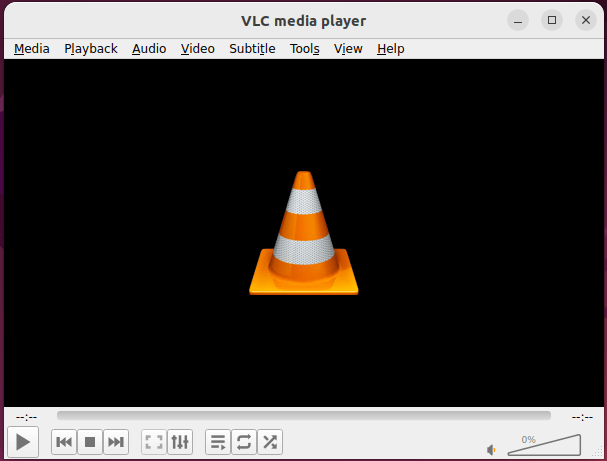How To Install VLC Media Player on Linux Mint 22

In this tutorial, we will show you how to install VLC Media Player on Linux Mint 22. VLC Media Player, developed by the VideoLAN project, is a free and open-source multimedia player that supports a vast array of audio and video formats. Since its inception, VLC has become one of the most popular media players due to its flexibility and extensive feature set. It can play files, discs, webcams, devices, and streams, making it a go-to choice for many users.
VLC is compatible with various operating systems, including Windows, macOS, Linux, Android, and iOS. It supports nearly all codecs without the need for additional codec packs, including MPEG-2, MPEG-4, H.264, MKV, WebM, WMV, and MP3.
This article assumes you have at least basic knowledge of Linux, know how to use the shell, and most importantly, you host your site on your own VPS. The installation is quite simple and assumes you are running in the root account, if not you may need to add ‘sudo‘ to the commands to get root privileges. I will show you the step-by-step installation of the VLC Media Player on Linux Mint 22.
Prerequisites
- A server running one of the following operating systems: Linux Mint 22.
- It’s recommended that you use a fresh OS install to prevent any potential issues.
- While we’ll guide you through the process, a basic understanding of the command line will be beneficial. If you’re new to the CLI, you might want to acquaint yourself with some fundamental commands.
- An active internet connection.
- Administrative privileges are essential for installing and configuring software on your system. Ensure that you have superuser or sudo access.
Install VLC Media Player on Linux Mint 22
Step 1. Update Your Linux Mint System.
Before installing VLC Media Player on your Linux Mint 22 system, it is essential to ensure that your system meets the minimum hardware and software requirements. VLC is known for its lightweight nature and can run on most modern systems without any issues. However, it is always a good practice to update your system to the latest version to avoid potential compatibility problems and security vulnerabilities.
To update your Linux Mint 22 system, open the terminal and run the following commands:
sudo apt update sudo apt upgrade
These commands will refresh the package list and upgrade any outdated packages to their latest versions. Once the update process is complete, your system will be ready for the VLC Media Player installation.
Step 2. Installing Htop.
- Using APT Package Manager
The Advanced Package Tool (APT) is the default package manager for Debian-based distributions like Linux Mint. To install VLC using APT:
sudo apt install vlc
Once the installation is complete, you can launch VLC from the application menu or by typing vlc in the terminal.
- Using Snap Package
Snap is a universal package manager developed by Canonical, the company behind Ubuntu. It allows users to install applications in a containerized format, providing better security and isolation from the host system. To install VLC using Snap, first ensure that Snap is installed on your system by running:
sudo apt install snapd
Once Snap is installed, you can install VLC with the following command:
sudo snap install vlc
Snap packages are self-contained and include all necessary dependencies, which can result in larger installation sizes but ensure consistency across different Linux distributions.
- Using Flatpak
Flatpak is another universal package manager that aims to simplify application distribution across different Linux distributions. To install VLC using Flatpak, first install Flatpak on your Linux Mint 22 system by running:
sudo apt install flatpak
Add the Flathub repository:
flatpak remote-add --if-not-exists flathub https://flathub.org/repo/flathub.flatpakrepo
After installing Flatpak, you can install VLC with the following command:
flatpak install flathub org.videolan.VLC
Flatpak offers a balance between isolation and integration with the host system, providing up-to-date applications while maintaining system stability.
Step 3. Launching VLC.
After installing VLC Media Player using any of the methods described above, it is crucial to verify that the installation was successful and that the application is working correctly. To launch VLC, you can either search for it in the application menu or open a terminal and run the command:
vlc

If VLC launches without any issues, you can proceed to open media files or stream online content. To check the installed version of VLC, run the following command in the terminal:
vlc --version
This command will display the version number and other relevant information about your VLC installation.
Congratulations! You have successfully installed VLC. Thanks for using this tutorial to install the latest version of the VLC multi-media player on the Linux Mint system. For additional help or useful information, we recommend you check the official VLC website.